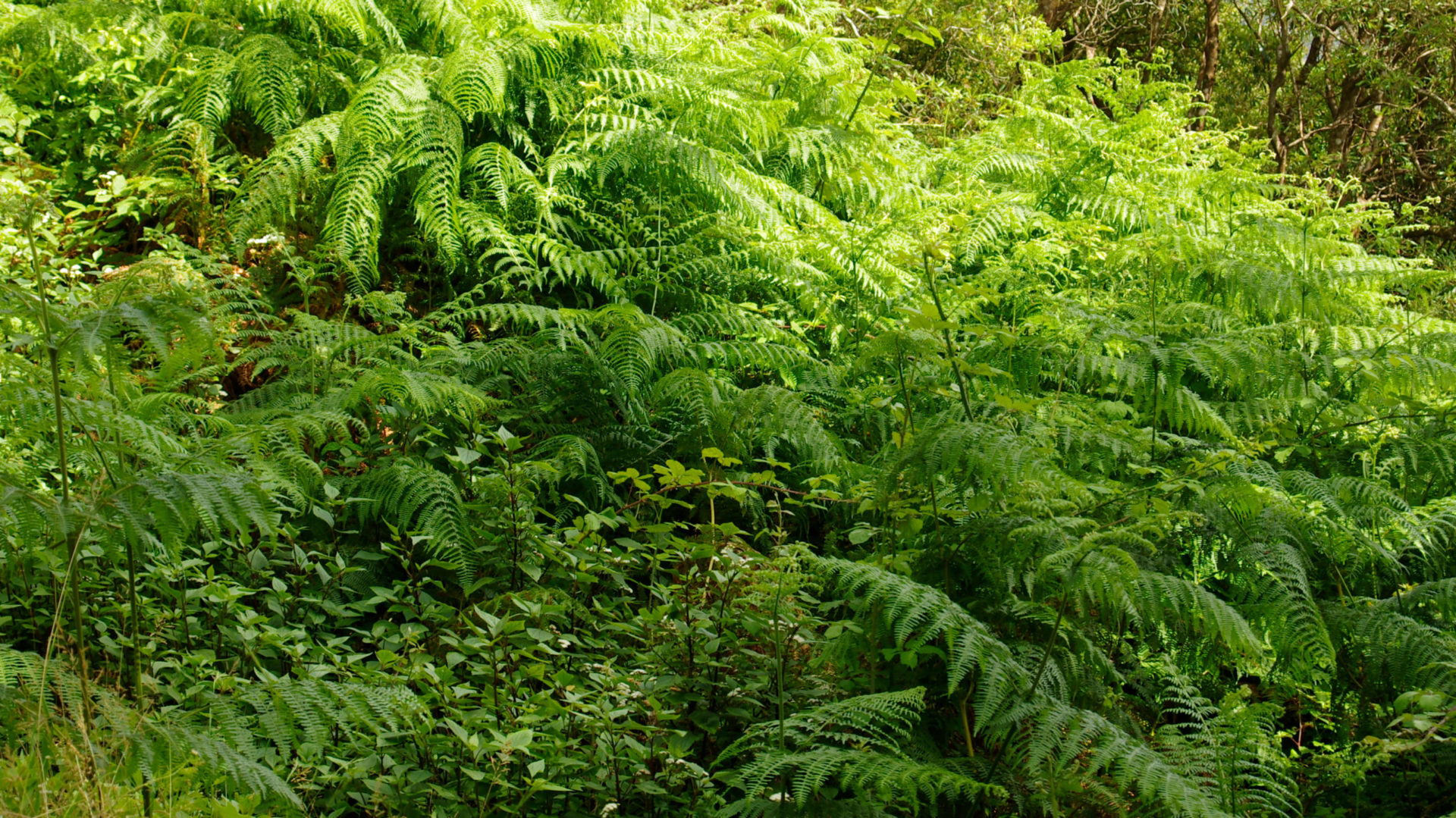Vialatte A, Tsafack N, Hassan DA, Duflot R, Plantegenest M, Ouin A, Villenave-Chasset J & Ernoult A.
Landscape potential for pollen provisioning for beneficial insects favours biological control in crop fields. Landscape Ecology 32 : 465-480. 2017. https://doi.org/10.1007/s10980-016-0481-8 IF=4.51
Abstract
Context
The importance of landscape complexity for biological control is well-known, but its functional roles are poorly understood.
Objectives
We evaluated the landscape capacity to provide floral resources for beneficial insects and its consequences for biological control in fields.
Methods
The gut contents of adult hoverflies sampled in 41 cereal fields were analysed to determine which plant species are exploited. The relative value of each habitat in providing adequate pollen resources was evaluated by vegetation survey. Then 15 cereal fields were selected along a gradient of landscape complexity, where the abundance of aphids, hoverfly larvae and aphid parasitism was monitored. The habitat’s proportions in landscape buffers surrounding these fields were used as landscape descriptors and to assess the potential level of pollen resources provision (LP index).
Results
Aphid abundance significantly decreased with an increase of the LP index mainly sustained by grassy strips and weeds in fields. However, hoverfly larvae abundance also decreased with the increasing LP index. The enhancement of the aphid parasitism rate with the LP index suggests that aphid parasitoids may benefit from the same floral resources as hoverflies. Their crop habitat specialism may give them a competitive advantage in fields where both aphid and floral resources are abundant.
Conclusions
Complex interaction networks involved in biological control may disrupt the expected direct effects of floral resource provisioning for a focal beneficial species. We highlighted fields and grassy strips as habitats provisioning floral resources for which the LP index could be very helpful to optimize agroecological management strategies.
